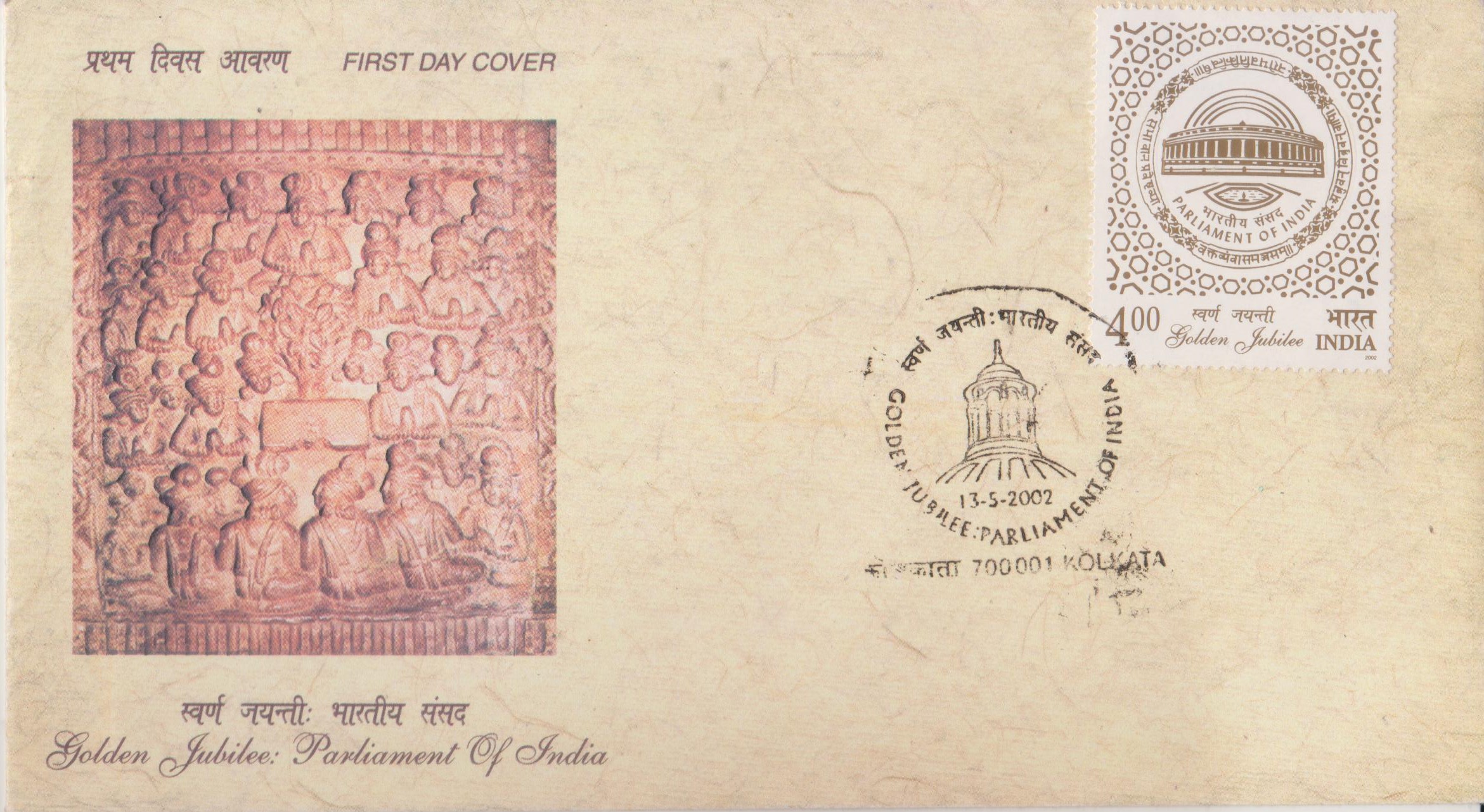
Parliament of India
A commemorative postage stamp on the Golden Jubilee of the Indian Parliament (Bharatiya Sansad) :
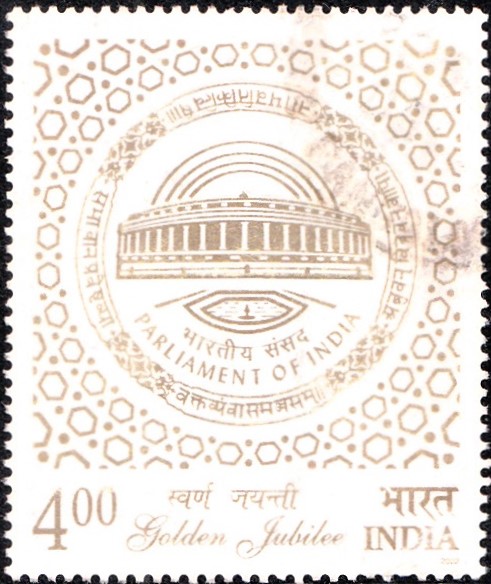
 Issued by India
Issued by India
Issued on May 13, 2002
Issued for : The Department of Posts is proud to release a commemorative postage stamp to mark the Golden Jubilee of the Indian Parliament.
Design : The stamp design shows the decorative inner view of the Central Hall of the Parliament, which is stated to be one of the most magnificent domes of the world. The Central Hall, which has witnessed the transfer of power on 15th August 1947, the long deliberations which led to the framing of the Constitution and the first session after each general elections to the Lok Sabha for the last 50 years, is a place of historic importance to India. The stamp design also incorporates one of the inscriptions from another dome inside the Parliament, inscriptions that act as beacons to guide parliamentary discussions & debate.
The first day cover depicts a column of Sanchi Stupa gate (circa 1st century B.C.) showing an assembly of elected representatives of the period.
Credits :
Stamp, FDC, Cancellation & Layout of Information Brochure : Sankha Samanta
Type : Stamp, Postal Used
Colour : One
Denomination : 400 Paise
Overall size : 4.06 x 4.83 cms
Printing size : 3.70 x 4.30 cms
Perforation : 13.5 x 13.5 mm
Paper : Matt Chromo
Stamps Printed : 3.0 million
Number per issue sheet : 40
Printing Process : Photo Offset
Printer : Calcutta Security Printers Ltd
About :
- 13th May, 1952 marked the beginning of a new phase in the history of Independent India. It was on this day that India‘s Parliament met for the first time after the General Elections. It was the beginning of a new phase in the journey of the nation as an independent, sovereign country.
- Democracy and representative institutions were, however, not new to India. Rudiments of democratic ideas can be found in the ancient republics which existed around 3000 years ago. From the Sabhas and Samities of the Vedic age through the village assemblies to modern parliamentary system based on universal adult franchise, it was a gradual and long journey.
- While it was India‘s British connection that inspired the growth of Parliamentary Government and Legislative Institutions in the modern times, the Parliamentary Institutions of the country have not been transplanted from Britain, but had an organic growth on India soil. They grew through many relentless struggles against the colonial domination, starting with the Charter Act of 1833, which was the result of the sustained demand by the people for increased participation in the administration of the country.
- The first meeting of the constituent Assembly on 9th December 1946, was a historic event as the Assembly was a fully sovereign body, independent of external authority. After the attainment of freedom on 15th August 1947 and the coming into force of the Constitution of India on 26th January 1950, the character of the Constituent Assembly (Legislative) underwent a change. It became the provisional Parliament of the country. The provisional Parliament represented a crucial phase in the history of Indian Legislature, making the transition from a colonial institution to a sovereign parliament.
- The next phase in the history of the Indian democracy started when the first Lok Sabha and Rajya Sabha met for the first time in the respective chambers to take up the agenda of the day. It was a moment of glory and a grand finale to the country’s non-violent freedom struggle. It also marked the setting of a fresh agenda for the newly independent nation. All in all, the democratic experiment which India launched on 13th May 1952, has consolidated the country’s democratic credentials. Over the last 50 years, India has proved herself to be the largest working democracy in the world.
- Text : Based on material furnished by the Lok Sabha Secretariat.



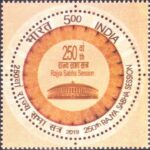
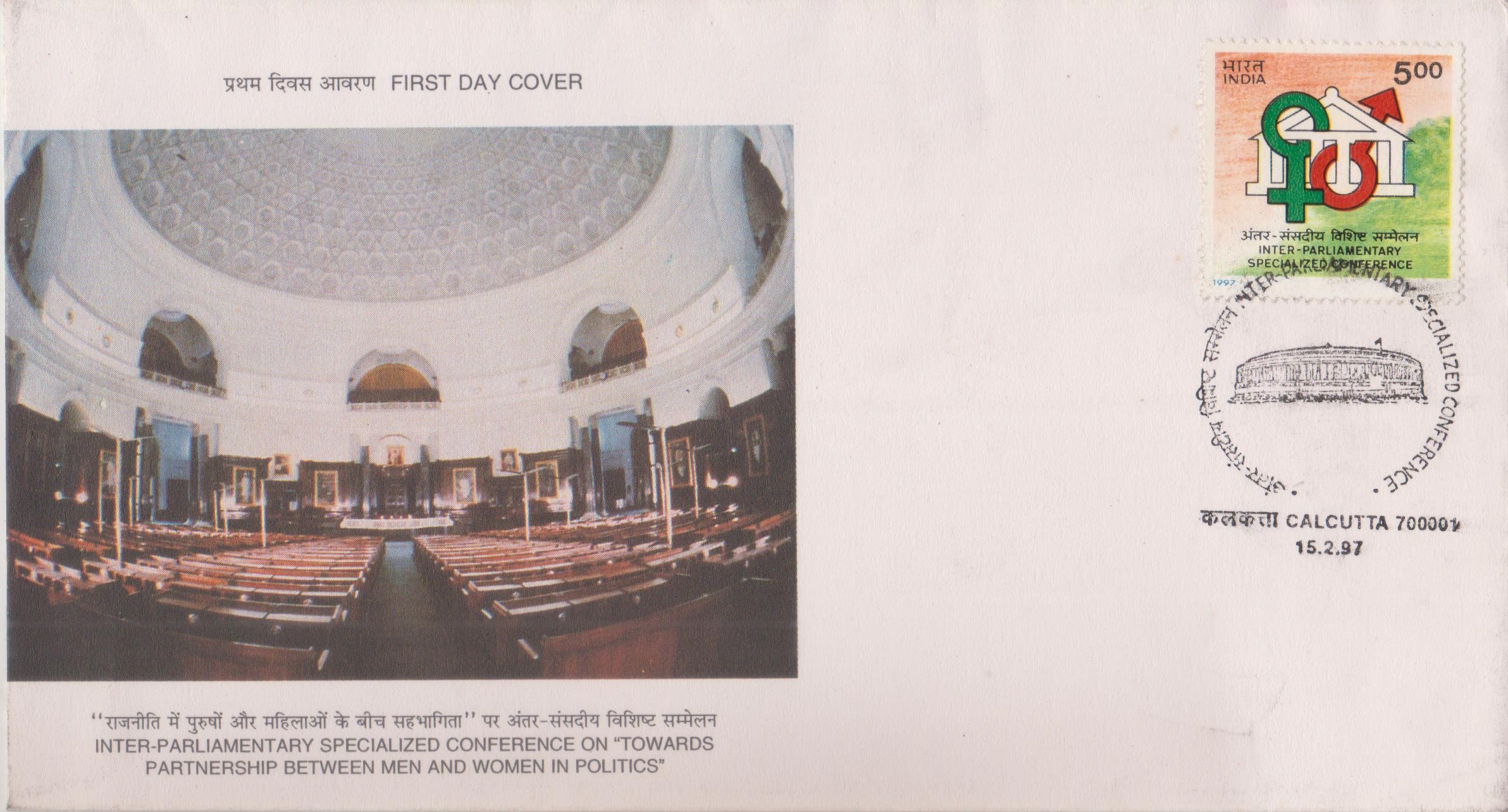
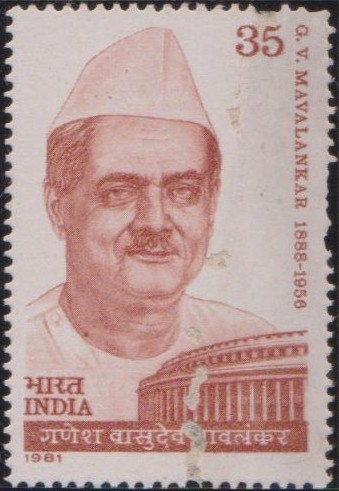

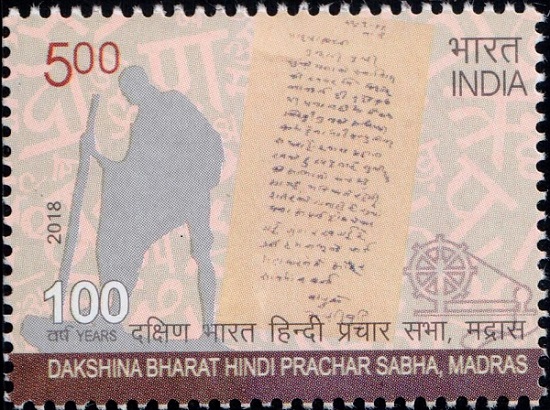
[…] of Designs : The stamp design consists of portrait of Shri G. V. Mavalankar with a part of Parliament House in the foreground. The first day cover depicts Speaker’s Chair in Lok Sabha Chamber. The […]
[…] Marriage Act, The Hindu Succession Act. His interpretations of original texts were accepted by the Parliament when Hindu Succession Act was placed on the statute book. He was appointed National Professor of […]